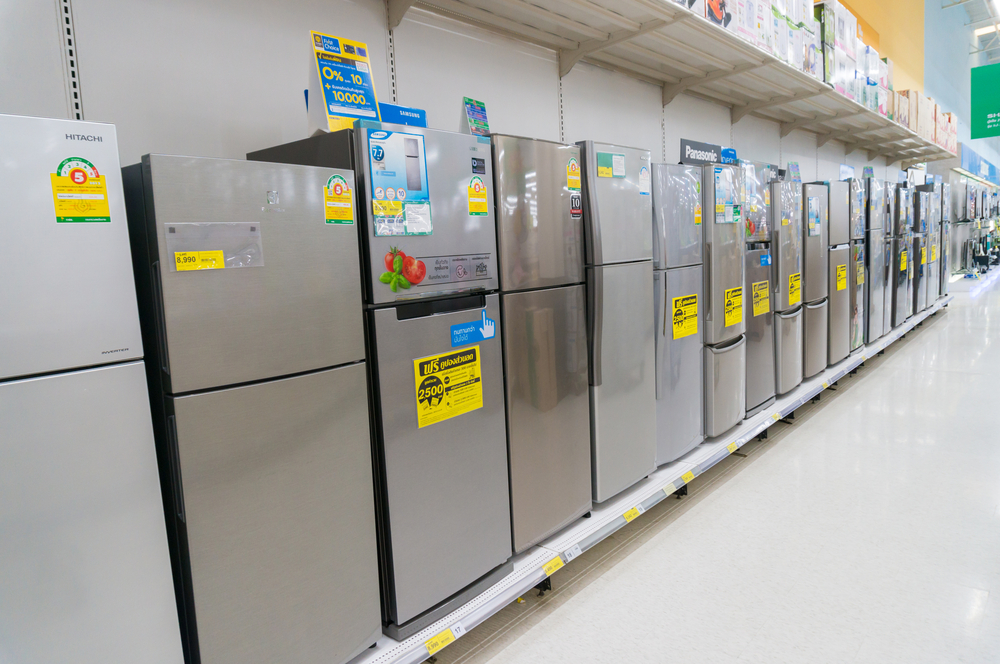Government Housing Grants for Single Mothers: Eligibility, Benefits, and Support Options in 2025
In 2025, government housing grants and assistance programs may help single mothers access affordable and stable housing. These initiatives are designed to support families by reducing financial pressure and improving living conditions, but availability and funding depend on eligibility criteria and location. Understanding how these programs work and what options exist can help single mothers make informed decisions when exploring housing support.

Government housing support for single mothers varies widely by country, but most systems share common goals: make rent or home costs manageable, prevent homelessness, and stabilize families. In 2025, programs continue to blend direct grants, rent subsidies, and social housing placements, alongside complementary aid such as utility credits or emergency assistance. Understanding these program types, eligibility criteria, and timelines can help applicants prepare stronger submissions and better anticipate outcomes.
Understanding Government Housing Grant Programs in 2025
Housing help for single-mother households generally falls into several categories. Rental assistance ties support to private market units, reducing the tenant’s portion of rent to an income-based share. Social housing provides below-market units owned or managed by public or nonprofit entities. Some countries offer deposit or move-in grants, arrears relief to prevent eviction, or targeted assistance for survivors of domestic violence. A few schemes support home purchase or rehabilitation for low-income buyers under strict income thresholds. Program names and rules differ by jurisdiction, but they share a focus on affordability, safety, and stability in 2025.
Eligibility Requirements for Single Mother Housing Assistance
Eligibility typically depends on household income (often measured against local median or national poverty thresholds), residency or citizenship status, and verified household composition. Many programs prioritize single parents with dependent children, survivors of domestic violence, people with disabilities, or those experiencing homelessness. Documentation commonly includes identification, proof of income and benefits, recent bank statements, proof of custody or guardianship when relevant, and address history. Some programs consider rental history, outstanding arrears, or credit, while others prioritize need regardless of credit issues. Because criteria are local, checking current thresholds and definitions of “household” in your area is essential.
Application Process for Housing Grants and Assistance
The process usually starts with a pre-screen or eligibility check through a local housing authority, social services office, or a government portal. Applicants gather documents (IDs, income proofs, rent statements, custody evidence, and disability or vulnerability attestations if applicable) and complete forms online or in person. After submission, agencies may conduct interviews, verify information with employers or benefit offices, inspect prospective units for safety and quality, and assign applicants to waiting lists. Timelines vary widely—from weeks to months—due to demand and funding cycles. Applicants should keep contact details up to date, respond quickly to requests, and report changes in income or household size to prevent delays or disqualification. Government programs do not charge application fees; report any third-party fee requests to authorities.
Benefits and Support Options for Single Mother Households
Depending on the program, benefits can include a rent subsidy that caps the tenant share at a percentage of adjusted income, placement in social housing, a grant for security deposits, help with rent arrears to halt evictions, and limited-term utility support. Some regions pair housing aid with case management, legal guidance for housing disputes, child care referrals, employment or training programs, and counseling. Where permitted, combining supports—such as rental assistance with utility credits or family benefits—can improve stability. Regular recertification is common; households may need to submit updated income and household data annually or when changes occur.
Limitations and Funding Considerations for Housing Programs
Housing programs have constraints that affect timing and outcomes. Waitlists can be long in high-demand areas, and program openings often depend on annual budgets. Rent ceilings or payment standards may limit the units that qualify, especially in expensive markets. Some assistance is time-limited or tied to continued eligibility; income increases can reduce or end benefits after notice periods. Units must meet quality and safety standards before subsidies begin. Funding levels and rules can change with new budgets or policy updates, so staying informed through official channels matters. Applicants should keep contingency plans, such as exploring multiple programs, applying in neighboring jurisdictions where allowed, or considering short-term community aid while awaiting decisions.
Examples of real, widely referenced public programs are listed below to help applicants identify the type of agency to contact in their area.
| Provider Name | Services Offered | Key Features/Benefits |
|---|---|---|
| Housing Choice Voucher Program (United States) | Rental assistance vouchers | Income-based tenant share; administered by local public housing agencies; unit inspections |
| Local Council Social Housing & Housing Benefit/Universal Credit Housing Element (United Kingdom) | Social housing allocation and rent support | Priority bands for need; means-tested rent help; managed by councils and the DWP |
| Canada Housing Benefit (Canada) | Portable rent assistance | Joint federal–provincial delivery; income-tested; paid to households or landlords depending on province |
| Commonwealth Rent Assistance + State/Territory Social Housing (Australia) | Rent supplement and social housing | Eligibility linked to income-support payments; social housing managed by state authorities |
| Pradhan Mantri Awas Yojana – Urban (India) | Home purchase/upgrade subsidy | Credit-linked interest subsidy; income categories (EWS/LIG/MIG); urban focus |
| RDP/BNG Housing Programme (South Africa) | Government-built housing | Eligibility thresholds; beneficiary lists; focus on low-income households |
| Accommodation Supplement (New Zealand) | Weekly assistance toward housing costs | Area-based caps; income and asset tests; administered by Work and Income |
| Social housing agencies (e.g., HLM in France; woningcorporaties in the Netherlands) | Social housing and income-related rents | National and municipal eligibility rules; below-market rents |
Conclusion For single mothers, government housing assistance in 2025 spans rent subsidies, social housing, and targeted grants that can be paired with supportive services. Success depends on meeting local eligibility rules, assembling thorough documentation, applying to multiple programs where possible, and planning for wait times and periodic reviews. While resources differ by country and budgets can shift, understanding the core program types and knowing which public agencies administer them can make the path to stable housing more manageable.




